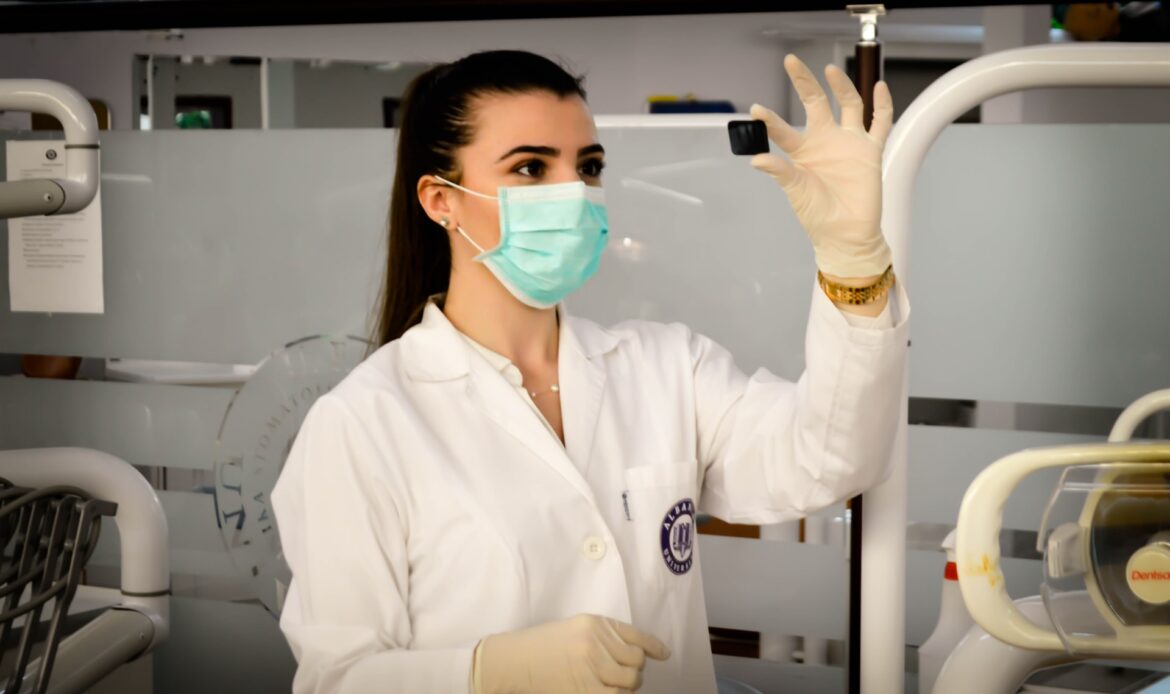Tele mental health is the use of technology to provide clinical assessment and treatment at a distance. Tele mental health provides a communication medium for psychotherapy and can provide a psychosocial intervention through monitoring and tracking any changes. Technological devices such as tablets, computers and phones involve mental health providers to provide requested services. Services provided may include assessment and diagnosis, recommendations for treatments, psychotherapy and psychiatry services. Tele mental health include platforms supporting video conferencing and chat rooms where licensed mental health care providers provide a range of different services. Many programs and apps address the most common mental health concerns, but for some mental health concerns an individual may need and would benefit more from direct contact with mental health care providers.

Technology such as conferencing platforms like skype, allow psychotherapy to happen at a distance, which is common and convenient for patients traveling or when mental health care givers are in transition with their own practice locations. There are risks involved in using some platforms such as lack of regulations and pose potential dangers to patients’ confidentiality. However, current technology offers regulated and licensed options for such services. Other online programs offer interactive therapy which does not require participation of a live provider and are available to the patient at any time of the day. Online programs employ highly structured evidence-based treatment such as cognitive behavioral therapy and acceptance and commitment therapy.
Platforms also offer a combination of different services that create a safe holding environment for patients and mental health care providers and a more encompassing approach to tele mental health overall. Mobile tele mental health involve mobile devices such as phone and tablets offering options such as monitoring treatments and adherence to the treatment, appointment reminders, health promotion, continuous assessment and monitoring, patient recordkeeping and direct audio and video patient services.

